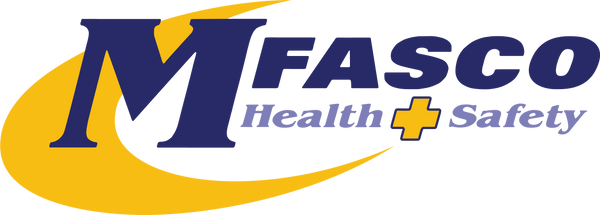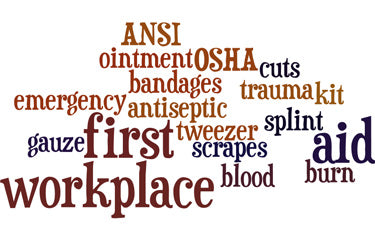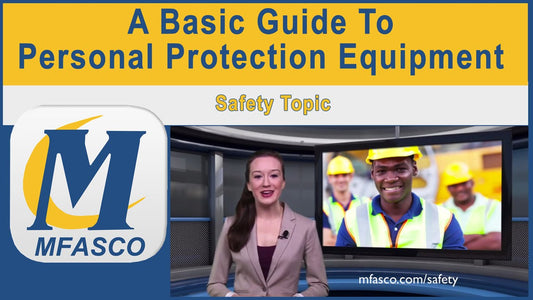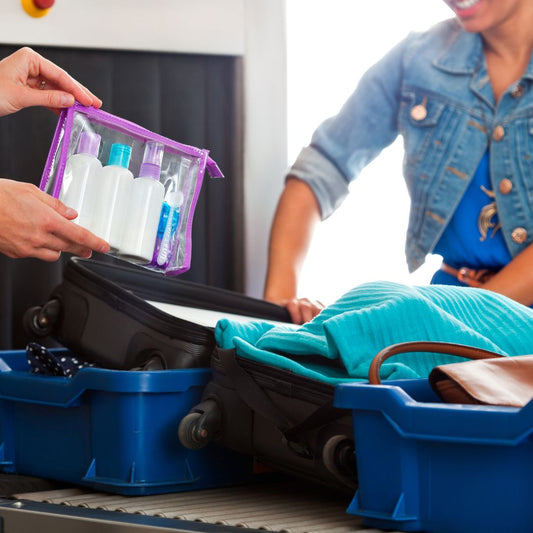New 2015 ANSI First Aid Standard

Please see this link for the current ANSI 308.1 Workplace First Aid requirements and FAQ.
To ensure workplace first aid practices are maintained, ANSI (The American National Standard Institute) has revised the ANSI Z308.1-2009 standard regarding the minimum performance requirements for first aid kits and their supplies. MFASCO Health & Safety has reviewed the new standard and offers ANSI-compliant first aid kits for all types of workplace environments. Below is an overview of the changes, the impact they may have on your organization, and the suggested action you should take to ensure you comply with this revised ANSI Z308.1-2015 standard.
Overview
The revised standard now classifies kits based on the assortment and quantity of first aid supplies found in each type of kit. As always, first aid kits are designed to deal with common workplace injuries including, major and minor wounds, minor burns, sprains, strains and eye injuries. The changes in the revised standard are based upon a review of increased workplace incidents. There are two classes of first aid kits: Class A kits which have contents designed to address most common workplace injuries. Class B kits are designed to offer a broader range and quantity of supplies to support injuries in more complex or high-risk environments. Impact In the most basic terms, some first aid supplies identified as being recommendations in the 2009 standard are now required for both Class A & Class B type first aid kits. New items that were not included previously on the recommended list are scissors for A & B kits and a splint and a tourniquet which are both required for Class B first aid kits.
Action
After reviewing the contents list in the new standard, it is clear that Class A kits are meant for non-industrial situations with small numbers of people. A smaller container would be used. Class B kits are suited for manufacturing and common industrial shops where cuts, scrapes and burns are common events. These environments already use the typical 2-5 shelve metal first aid boxes that hang on a wall and would be large enough to contain the necessary Class B kit fill contents. Employees should consider how many kits are needed based on the number of employees, physical layout of the workplace, response time to access supplies as well as remoteness to emergency services. The same consideration should be used when considering additional supplies over and above the minimum requirements stated by ANSI Z308.1-2015
Bottom Line
As of June 2015, all MFASCO Health & Safety first aid kits assembled by us that are designed to meet or exceed ANSI's minimum requirements for first aid are identified as either Class A or Class B kits. We offer other first aid kits manufactured by other brands that may not have updated their kits. We suggest you compare your refill supplies list with the list below and ensure these items and their quantities are included. Again, you may include additional first aid items in your kit. The ANSI lists below are minimum requirements.

First Aid Products & Accessories
MFASCO's Make a Kit Tool
Complete First Aid Kit Refill Packs
Reorder Lists for First Aid Kits
Additional Resources for Reordering First Aid Kits & Supplies
Top 8 First Aid Kit Types
What is in a First Aid Kit?
Essential First Aid Kit Supply List
Contributing Expert

Mike Brinker
Mike Brinker has been working in the first aid industry for over 35 years. He has worked with thousands of businesses,groups, and organizations to provide a healthy and safe work environment. Mike helped create “Make-A-Kit”, the internet's only online first aid kit creation tool. He has also authored many helpful first-aid and safety-related resource articles found at the MFASCO Learning Center.

























